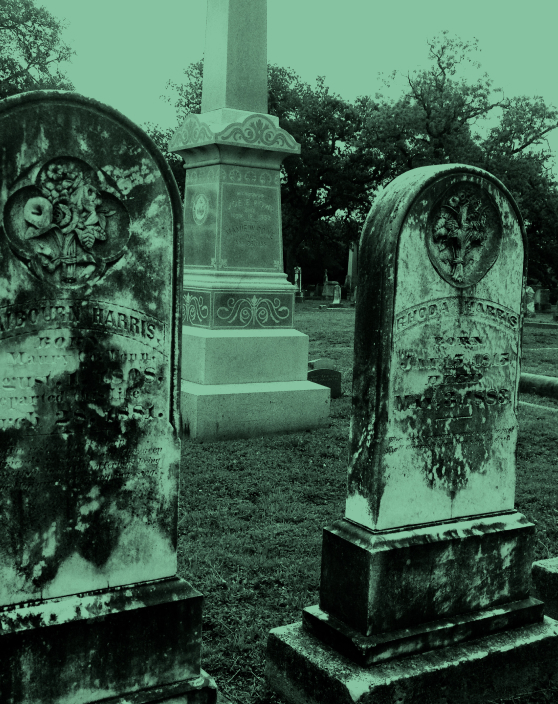The casket industry goes back into ancient Mesopotamia and Egypt, where cloth, paper, and wood made materials for the burial boxes.
In Europe, the Celts made caskets of flat stones back in 700, and for many centuries, only nobility and aristocrats would use caskets.
As for the United States, the casket industry started with the local cabinet and furniture manufacturers who would also work as funeral directors. They would make wood caskets as-needed basis; thousands of caskets had to be made for the dead soldiers during the Civil War. That’s the starting point for the mass-produced casket period.
So, in the late 19th century casket manufacturing was born.
There were over 700 casket manufacturers at the beginning of the 50s, but only 147 of the companies were still running in 2003. Nowadays, less than a dozen manufacturers account for together 90% of the metal caskets sold across the U.S.
While Costco Wholesale Corp pulled the trigger on selling steel caskets at low costs, many other online businesses are popular choices for customers today. Walmart is also joined the list of the online casket retailers. Modern people like to have many options, and online companies offer myriads of options, with prices matching budgets of all sizes.
In a nutshell, caskets and coffins are used interchangeable, even if they do present some differences. The shape of the two differs, with the coffin having six sides and being hexagonal, whereas the casket is rectangular and shows four sides.
North America was commonly known as British America and the British West Indies until late 1700 (1776). It was then when the thirteen British colonies along the Atlantic seaboard proclaimed their independence, turning into the United States.
In 1700, the English law permitted all people to use coffins for burials. Before the 1700s, coffins were used for the wealthier, whereas the poorest citizens were buried in winding-sheet or shrouds and placed directly into the ground. The “parish coffin” was the single kind of coffin during this period; it was a vessel for carrying the body from the church to the graveside, adding a particular dignity to the moment.
The British American colonies didn’t differ much in their customs. Coffins would be used in Maryland 90% of the time at the beginning of the 1700s. English mourning rituals would also be used in colonial America, with the coffin as the center of attention for the funeral rituals.
From 1700 until the mid 19th century, hexagonal coffins were the most common choice for people in the North American colonies. There are several opinions about why the North Americans dropped the coffins and started using caskets instead.
Rectangular coffins were very popular before the American civil war (1861-1865), and most historians agree that it was the war that pushed people to turn to caskets instead of coffins.
The war’s violence and the high numbers of death cause the effect commonly known as “the beautification of death” during the civil war, becoming the turning point for coffins. People would try to take some distance from death, changing the coffin’s name and shape as an attempt to make death less painful.
After the revolutionary period, the traditional British rituals with public mourning have started to fade slowly, turning into practices specific to north-Americans. Suddenly, north-Americans would recommend people purchase local fabrics for the mourning clothing and give up the imported materials. People felt the need to replace imitation of rituals from across the seas with genuine American traditions. They slowly added specific practices, even though the funeral rituals would still have English roots. The change also affected people’s opinion on coffins.






